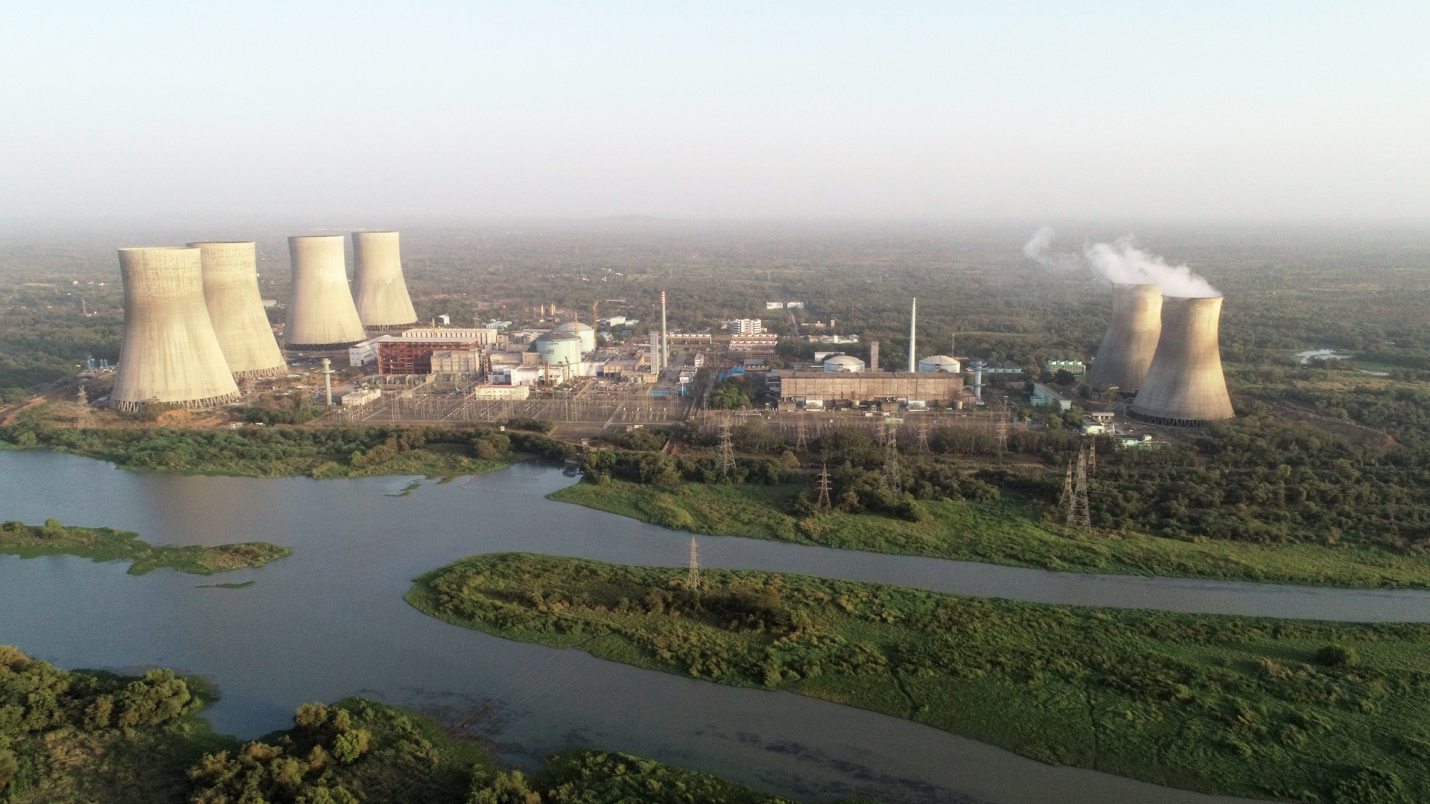Free Courses Sale ends Soon, Get It Now


Free Courses Sale ends Soon, Get It Now



Copyright infringement not intended
Picture Courtesy: Wikipedia
Context: The third unit of the indigenously developed 700-megawatt electric (MWe) nuclear power reactor at the Kakrapar Atomic Power Project (KAPP3) in Gujarat has commenced operations at full capacity.
Details
Key Highlights
Must Read Articles:
The significance of Kakrapar-3: https://www.iasgyan.in/daily-current-affairs/explained-the-significance-of-kakrapar-3
Status of nuclear energy in India: https://www.iasgyan.in/daily-current-affairs/status-of-nuclear-energy-in-india
NUCLEAR POWER IN INDIA: https://www.iasgyan.in/daily-current-affairs/nuclear-power-in-india
|
PRACTICE QUESTION Q. What are the key features of nuclear energy as a power source, and what is its significance in the global energy landscape? What are the major challenges associated with nuclear energy, and what strategies can be employed to address these challenges and pave the way forward for its sustainable use? |
© 2024 iasgyan. All right reserved